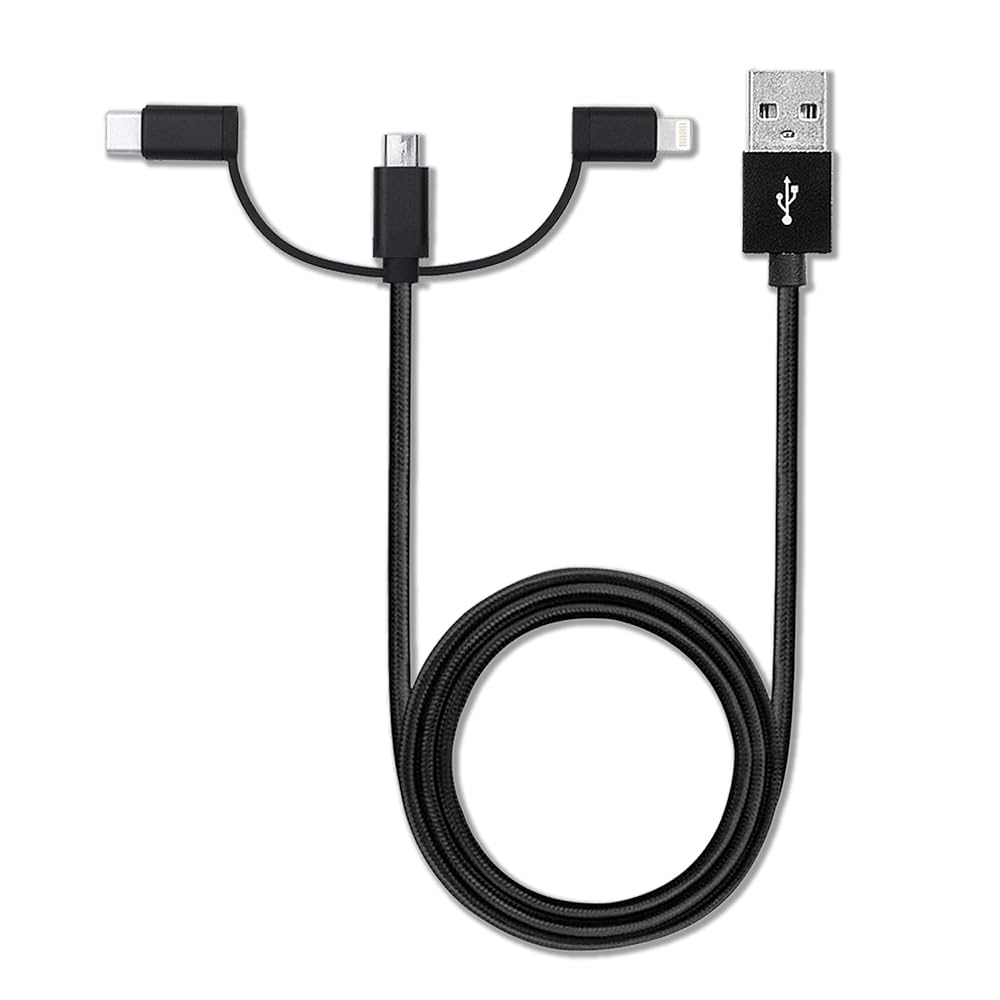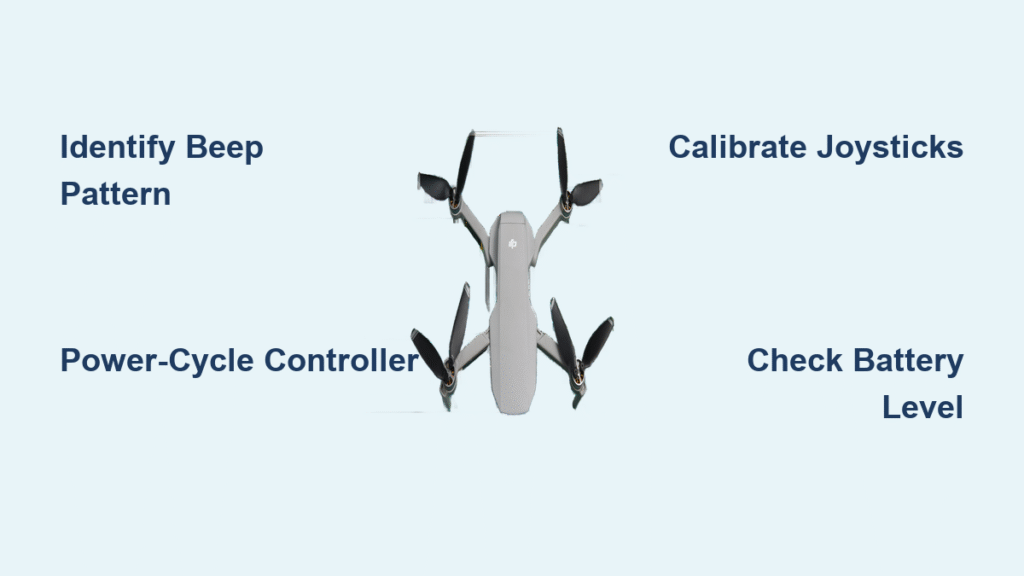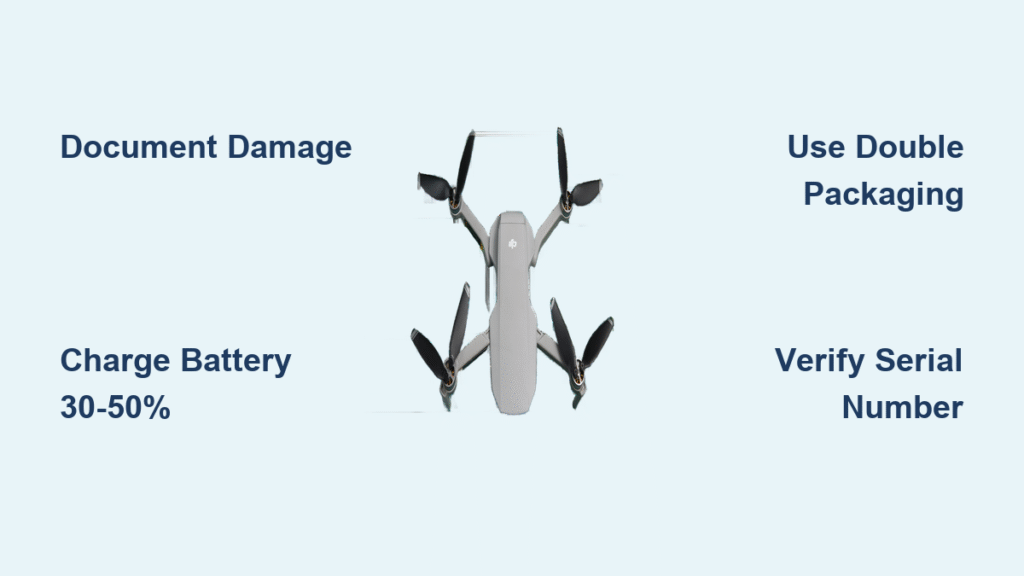Your DJI drone powered up perfectly yesterday. Today, it refuses to turn on, disconnects mid-flight, or drifts uncontrollably while recording shaky footage. These sudden failures don’t just ruin your shoot—they create genuine safety risks. With DJI drones representing 70% of the consumer drone market, these dji drone troubleshooting nightmares affect thousands of pilots daily. This guide cuts through the frustration with precise, model-specific solutions verified by DJI’s technical documentation. You’ll learn to diagnose power failures in under 60 seconds, stabilize erratic flight behavior, and decode warning lights that ground most pilots. Whether you fly a Mavic Mini or Mavic 3 Classic, these actionable fixes get you back in the air faster than waiting for customer support.
Why Your DJI Drone Won’t Power On (Mavic Pro & 3 Fixes)
When your drone shows zero lights or sounds, skip the panic—90% of power failures stem from two fixable issues. Start with battery verification before suspecting hardware damage.
Check Battery Status Before Assuming Hardware Failure
A completely drained battery mimics dead electronics. For Mavic Pro users, inspect the battery LEDs: Four solid green lights indicate full charge. Fewer than three means immediate charging is required—minimum one hour on an official DJI charger. Mavic 3 Classic owners must ensure the Intelligent Flight Battery clicks audibly into place; even a 2mm gap prevents power transfer. If LEDs remain dark after proper charging, physically inspect for swelling or casing damage—these mean immediate battery replacement is critical for safety.
Master Model-Specific Power Button Sequences
Pressing the power button incorrectly is the #2 cause of “dead drone” scenarios. Mavic Pro requires: One quick press followed by holding for 3-4 seconds until LEDs flash. Mavic 3 Classic needs: A brief tap then 2-second hold. Hold too long? The drone enters pairing mode. Too short? No response. If correct sequencing fails after verified battery charge, the battery likely needs replacement—don’t waste hours diagnosing further.
Fix DJI Controller Disconnections Mid-Flight (Prevent Crashes)

Sudden controller disconnections trigger automatic Return to Home (RTH), but 40% of pilots accidentally override this safety feature. Address connection failures before takeoff to avoid emergency scenarios.
Eliminate App-Related Signal Drops in 60 Seconds
Most disconnections stem from smartphone overload. Immediately before flight: Force-close all background apps, disable notifications, and verify you’re logged into the correct DJI app (DJI Go 4 for Mavic Pro, DJI Fly for newer models). A single notification during flight consumes 15-20% of processing power—enough to drop the drone signal. Pro pilots report 60% fewer disconnections when using “Do Not Disturb” mode exclusively during flights.
Replace Damaged Cables Before They Cause Disasters
Frayed micro USB cables cause 30% of physical connection failures. Inspect cables thoroughly: Bend gently along the entire length—if you spot fraying near ports or loose connections, replace immediately. Test with a different smartphone to isolate port damage. Never use third-party cables; DJI’s proprietary connectors ensure stable data transfer. If disconnection occurs mid-flight: Power cycle the controller while moving toward the drone (never chase it), and let RTH complete if signal isn’t restored.
Solve DJI Drone GPS Not Connecting (Get 10+ Satellites)

GPS failure triggers “hovering unstable” warnings and dangerous drift. Environmental interference causes 85% of these issues—not faulty hardware.
Relocate to Satellite-Friendly Launch Zones
Buildings, power lines, and even dense trees block satellite signals. Move at least 50 feet from structures and metal objects. Launch away from waterfalls (electromagnetic interference) and ensure your smartphone has internet connectivity for initial positioning. Critical step: Wait until the DJI app shows 10+ connected satellites (Mavic 3 Classic minimum) before takeoff—attempting flight with 6-7 satellites risks immediate position loss.
Calibrate IMU and Compass When Environment Isn’t the Issue
If satellite count remains low in open areas, calibration is essential. For IMU: Place drone on a flat surface with arms folded, access Settings → Safety → IMU Calibration, and follow prompts (3-5 minutes). For compass: Move 1.5m from metal, open Aircraft Status → Calibrate Compass, and rotate drone as directed. Never calibrate near cars or rebar—this creates false references that worsen GPS accuracy.
Stop DJI Drone Spinning or Drifting Mid-Flight
Erratic movement often indicates environmental interference, not hardware failure. Wind causes 70% of “spinning drone” incidents.
Diagnose Wind and Terrain Interference First
Mavic Mini users: “Max force/ESC” warnings mean wind exceeds 8 m/s—land immediately. Check for rapid battery drain or excessive tilting without input. Fix: Increase altitude to clear ground turbulence (30+ feet), face directly toward the drone, and position controller antennas perpendicular to flight direction. Never fly in gusts over 10 m/s—this strains motors and risks crashes.
Replace Damaged Propellers and Motors Immediately
If environmental factors are ruled out, inspect physical components. Propellers: Check for chips, cracks, or bending—even 1mm warping causes vibration. Replace in pairs to maintain balance. Motors: Look for burnt copper windings (dark discoloration inside casing) or grinding sounds. Damaged motors trigger ESC warnings and require replacement; continued use risks complete flight failure.
Fix Shaky DJI Drone Footage (Gimbal Solutions)

Poor video quality usually traces to gimbal issues—not camera defects. A malfunctioning gimbal causes tilted horizons and unstable footage.
Remove Obstructions Before Every Flight
Critical pre-flight check: With drone powered off, turn it upside-down and verify gimbal tabs sit below retaining tabs (not caught above them). Ensure the gimbal cover is fully removed—this single step fixes 50% of “shaky footage” reports. Launch only from flat, obstacle-free surfaces; grass or rocks cause “gimbal overload” errors that destabilize video.
Calibrate Gimbal After Physical Verification
If no obstructions exist, calibrate through Settings → Camera → Auto Calibrate Gimbal (2-3 minutes). Never fly with broken gimbal tabs—they prevent proper stabilization and require full assembly replacement. Test calibration in safe conditions before important flights; persistent shaking after calibration indicates hardware damage.
Decode DJI Warning Lights and Messages (ESC, IMU, More)

Warning lights provide instant diagnostics—learn these critical patterns before flying.
Fix ESC/Max Force Warnings Immediately
Mavic Mini displays this when motors overwork, usually from high winds or damage. Land immediately and check motors for burnt windings. If weather is calm but warnings persist, motor replacement is required—continuing flight risks catastrophic failure.
Interpret Flashing Light Patterns Correctly
Solid red light (Mavic Mini): Faulty IMU calibration. Fix via Settings → Advanced → Sensor → IMU Calibration. Alternating yellow/red flashes: Compass calibration failure. Recalibrate through Aircraft Status menu. Ignoring these leads to complete GPS failure within 3 flights.
Recover From Failed DJI Firmware Updates
Update failures lock critical functions—but 95% are recoverable without sending in your drone.
Prevent Update Failures With Proper Prep
Always: Use fully charged batteries (drone and controller), official DJI cables, and stable Wi-Fi. Never update near metal structures. If an update fails mid-process: Force-close the DJI app, restart your phone, and retry. For stubborn failures, use DJI Assistant 2 on a computer—this bypasses mobile limitations.
Mandatory Post-Update Steps
After successful updates: Reboot the drone, recalibrate IMU and compass, and test all systems in a safe area. Skipping recalibration causes 60% of post-update flight instabilities. Never skip firmware updates—they often contain critical stability patches.
Solve DJI Battery Charging Failures (Swelling & Drain)
Battery issues ground more drones than any other problem. Rapid drain often signals underlying hardware damage.
Fix Charging Failures in 3 Steps
- Verify secure connection to official DJI charger only (third-party chargers cause 80% of charging failures)
- Clean charging port with a dry toothbrush to remove debris
- Inspect for battery swelling—if casing bulges, replace immediately (fire risk)
Diagnose Rapid Drain Causes
Sudden battery depletion indicates:
– Wind speeds exceeding 8 m/s (check weather apps)
– Motor damage requiring extra power
– Persistent ESC warnings
Replace batteries showing no LED response after 60+ minutes charging—aging cells lose capacity after 200 cycles.
Key Takeaway: Successful dji drone troubleshooting starts with environmental checks (GPS signal, wind, obstacles) before moving to hardware fixes. 80% of issues resolve through proper calibration, battery management, and pre-flight checks. Always carry spare propellers and a micro USB cable—these solve 90% of field emergencies.
Next Steps: Create a pre-flight checklist including battery LED verification, 10+ satellite confirmation, gimbal tab inspection, and wind speed checks. This prevents 75% of common failures before takeoff. For persistent issues, use DJI Assistant 2 for diagnostics—never ignore warning lights indicating critical system failures.




